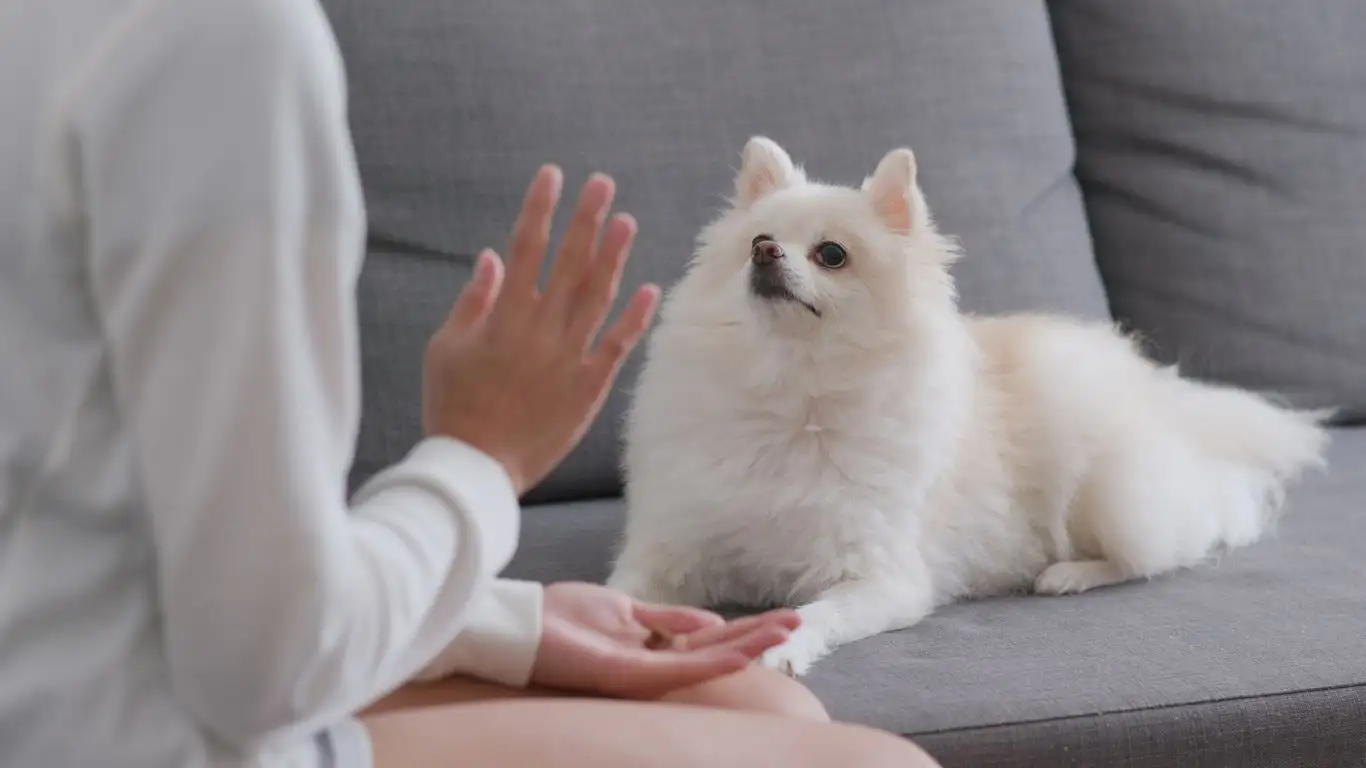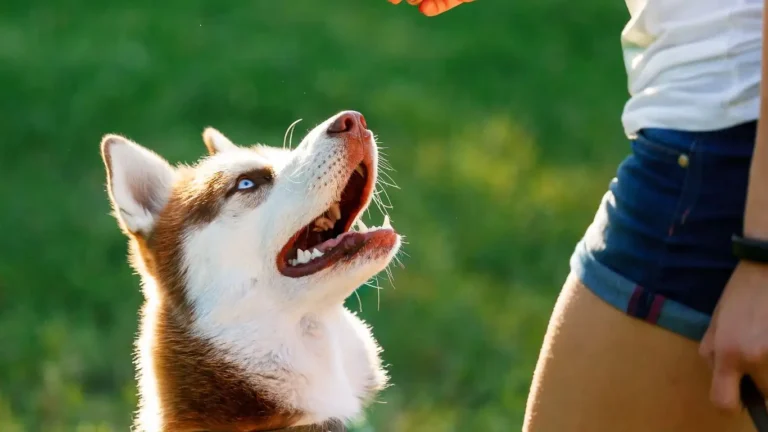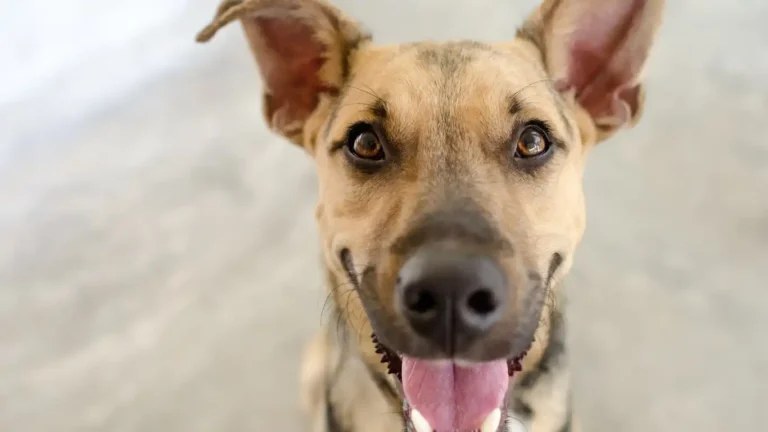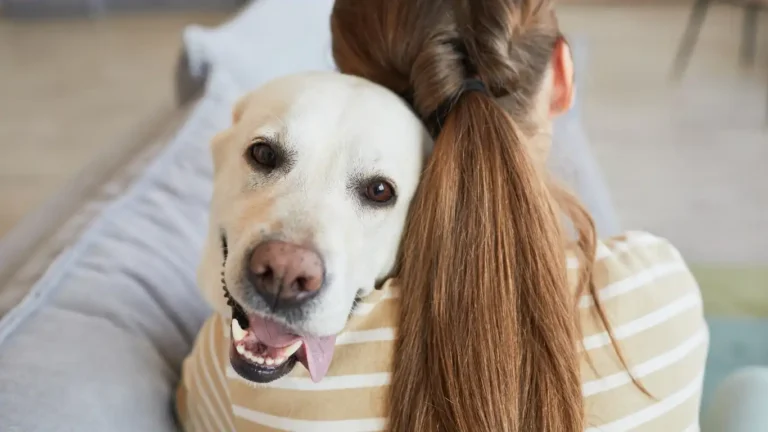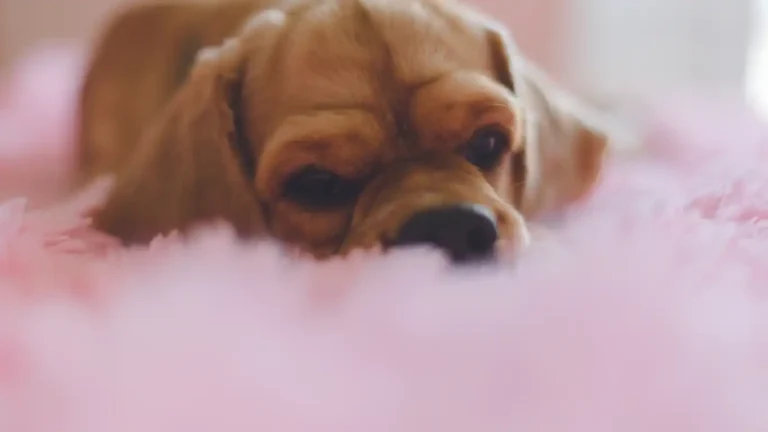How to Train Your Dog to Stop Guarding Toys: Proven Techniques for Success
As a Canine-Assisted Therapy Trainer, I’ve seen all kinds of behaviors in dogs, but one that stands out (and can be really tricky to manage) is guarding toys. It’s not unusual for dogs to become possessive over their favorite objects, but when this behavior becomes too intense, it can create some serious challenges for pet owners. The good news? With the right techniques, you can train a dog to not guard their toys and encourage them to share or even just relax when they’re in possession of their favorite items. This article will dive into exactly how to train a dog to not guard their toys, giving you step-by-step advice and insights that I’ve personally seen work in my training sessions. So, let’s get started!
Understanding Toy Guarding: What’s Really Going On?
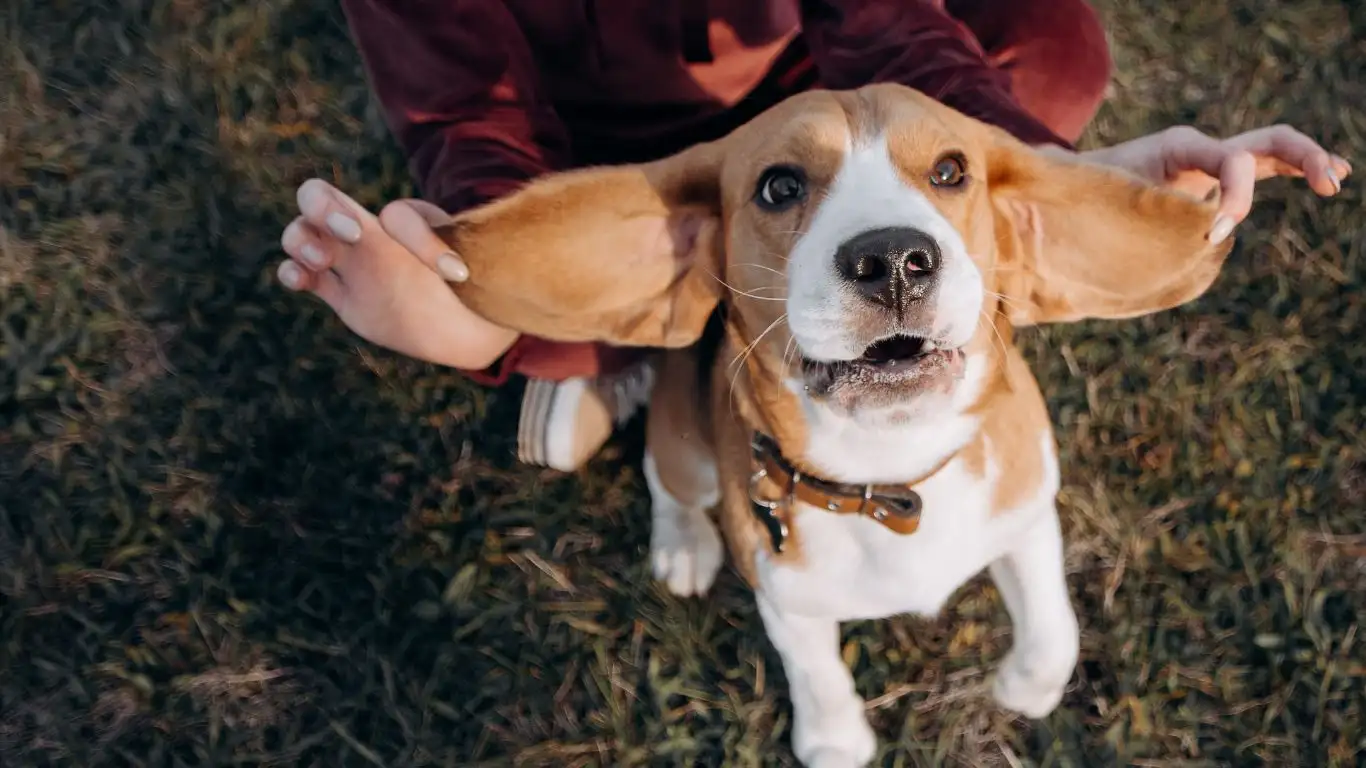
First, let’s talk about what toy guarding actually is. Simply put, it’s when a dog shows aggressive or defensive behavior over an object, often a toy. If you’ve ever noticed your dog growling, snapping, or refusing to let go of their favorite ball, you’re witnessing this behavior firsthand. Now, don’t panic! This is fairly common in many dogs, especially when they feel their prized possession is at risk of being taken away.
Understanding why dogs guard toys can help us address the behavior in a compassionate, effective way. Dogs, especially those that have been rescued, come from a background of scarcity. They might have learned to protect their belongings to ensure they have enough to survive. For others, it’s simply a part of their natural instinct to protect resources. It’s important to recognize that this is not a sign of bad behavior or a dog being “mean”—it’s a protective instinct that can be unlearned with the right training.
Why Does My Dog Guard Their Toys?
In many cases, dogs develop this behavior due to fear or anxiety. If a dog believes that the toy is in danger of being taken from them, they may resort to growling, snapping, or even biting to keep it safe. It’s their way of saying, “This is mine, and I don’t want to lose it.” Another factor is the lack of proper socialization or consistent reinforcement of positive behaviors. This can often happen when dogs don’t get enough practice with sharing or interacting with others in a calm way.
Some breeds are more prone to guarding behaviors, and high-energy dogs may be particularly intense about toys as a form of self-stimulation. Dogs that are highly possessive over toys might have learned that this behavior works for them. When they growl or snap, people often back off, reinforcing the notion that they can control the toy through aggression.
How to Begin Training Your Dog Not to Guard Toys
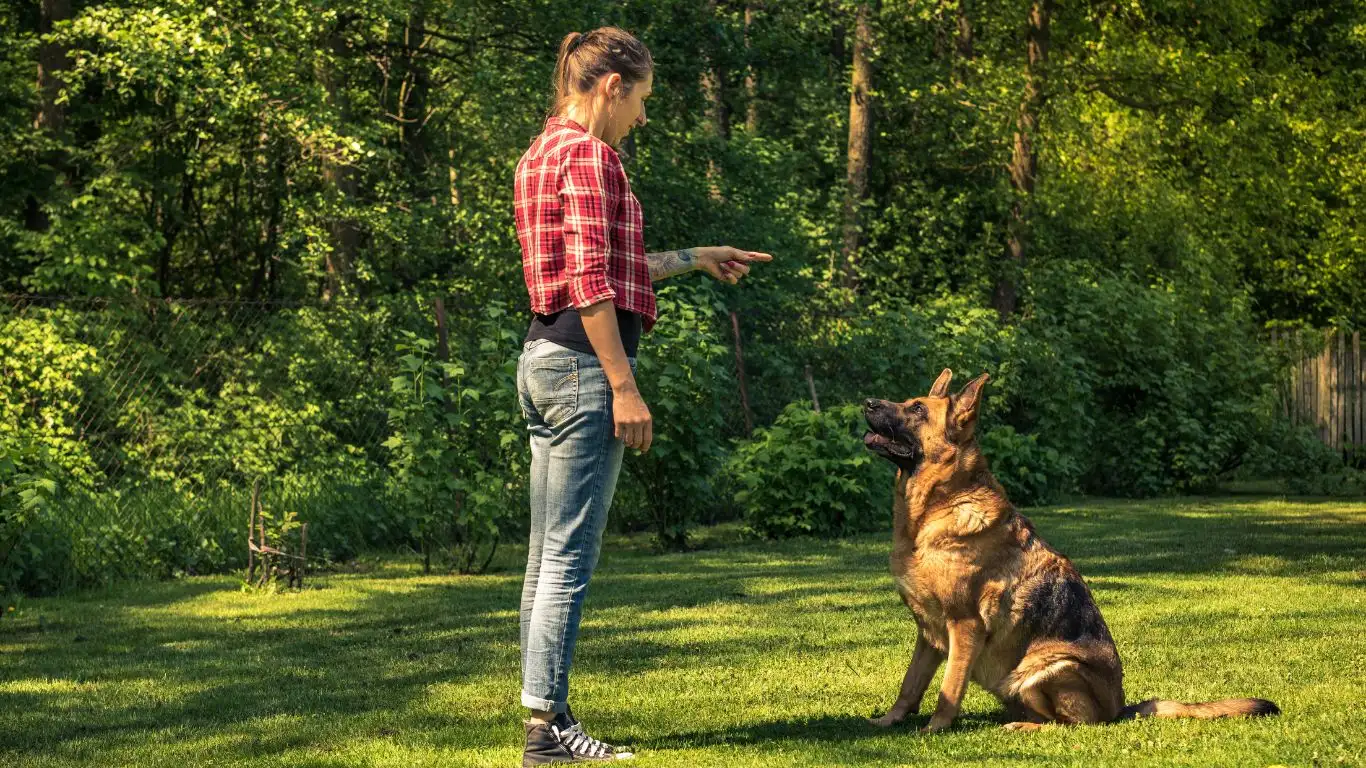
Alright, now that we have an idea of what toy guarding is and why it happens, let’s get into how to train a dog to not guard their toys. The key is patience, consistency, and positive reinforcement. Remember, your goal is to make your dog feel relaxed and confident that their toys are not in danger of being taken away. The more calm and secure they feel, the less likely they will guard them.
Step 1: Start With the Basics of Positive Reinforcement
One of the best ways to discourage any negative behavior in dogs, including toy guarding, is to focus on positive reinforcement. This means rewarding the dog when they exhibit the behavior you want to see—calmness, relaxation, or sharing the toy instead of guarding it. You’ll want to use treats, praise, and even a favorite toy as rewards. The idea is to make the act of letting go of the toy or allowing someone near it a *good* thing in your dog’s eyes.
For example, if you see your dog start to growl or get possessive over their toy, don’t immediately react with frustration. Instead, step back and let them calm down. Wait until they’re relaxed and then offer them a treat or praise. Over time, they’ll associate the calm behavior with rewards and learn to shift away from their guarding tendencies.
Step 2: Play Games to Build Trust and Control
Another great way to teach your dog that it’s okay to let go of a toy is by playing games that incorporate taking and giving toys. Games like tug-of-war or fetch are excellent for this purpose. The goal here is to teach your dog that the toy is not “theirs” forever and that they can have fun with it while also being willing to release it on command.
- Start with a “trade” game: You can start by offering a treat when they drop the toy. Gradually build up to having them drop it voluntarily without needing a treat every time.
- Make it fun: Keep the mood light! Dogs are more likely to learn when they’re having fun, so keep your voice cheerful and your demeanor calm.
Step 3: Implement the “Leave It” Command
The “leave it” command is one of the most effective tools you can teach your dog to control possessive behavior. To teach this command, hold a toy in your hand and let your dog see it. When they approach, say “leave it” in a calm but firm voice. If they pull back, immediately reward them with praise or a treat. If they go for the toy, gently move your hand away but avoid pulling it away, which could heighten the possessiveness.
Repeat this process until your dog learns that “leave it” means to let go of the toy without any consequences or loss. This simple command can help them relax when toys are around and prevent them from becoming overly protective of their belongings.
Using Management Techniques to Prevent Guarding

Sometimes, training isn’t just about teaching commands—it’s also about managing the environment to prevent undesirable behaviors before they happen. Here are some management techniques that can help:
- Remove high-value toys during playtime: If you know your dog tends to guard certain toys, try removing them during initial training sessions and use lower-value toys to work on positive behaviors.
- Use a crate for breaks: If your dog is becoming overly possessive, place them in a crate for a short break. This gives them a chance to relax without the added stress of toy guarding.
- Monitor interactions with other pets: If you have multiple pets, supervise interactions to ensure no one is getting possessive over toys. Sometimes, this behavior is a result of competition between animals.
Introducing the “Drop It” Command to Manage Toy Guarding
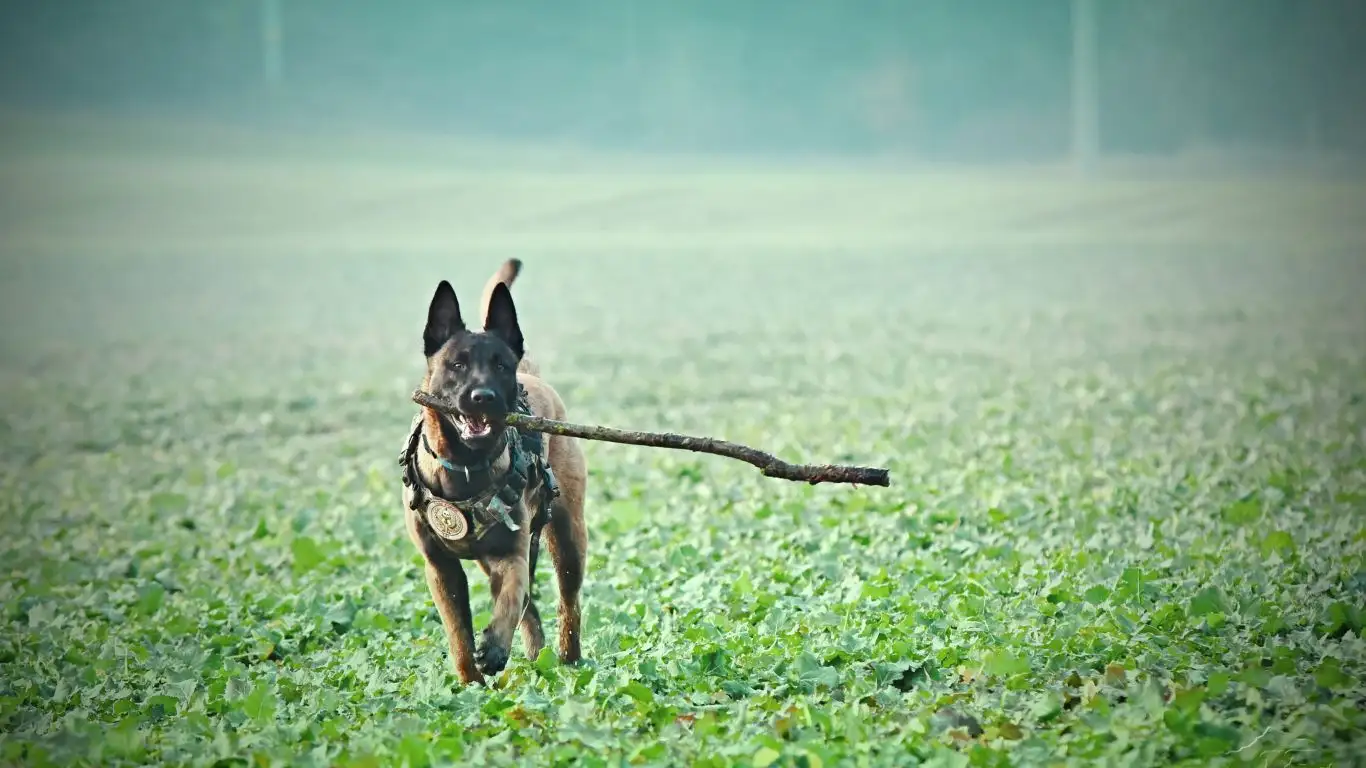
If you’ve gotten your dog comfortable with the “leave it” command, it’s time to level up by teaching the “drop it” command. This command is key for managing toy guarding, especially when your dog has something in their mouth that they may not want to release. The “drop it” command is one of the most effective ways to get your dog to release their toys willingly, which helps reduce the possessiveness that often leads to guarding.
To teach “drop it,” start with a toy in your hand and let your dog play with it. When they have the toy in their mouth, use the command “drop it” in a calm and clear voice. If they drop the toy on their own, praise them immediately and offer a treat. If they don’t drop it right away, gently offer them a higher-value treat (something they really like) in exchange for the toy. Over time, they’ll learn that letting go of the toy results in something better coming their way.
This command not only helps prevent toy guarding but also reinforces the idea that letting go of something can be rewarding. It’s a perfect tool for handling situations where your dog may start to growl or snap when someone tries to take their toy.
Why Consistency and Patience Are Key in Training
In dog training, consistency is everything. You’ve probably heard this before, but it’s especially true when it comes to correcting behavior like toy guarding. When I work with my clients, I stress how important it is to be consistent in your reactions to the guarding behavior. If one moment you allow your dog to growl and snap, but the next moment you take a toy away without any reaction, it creates confusion for your dog. They won’t understand what they’re supposed to do, and that confusion can make the behavior worse.
Patience is equally important. While it’s tempting to want quick results, training a dog to change a deeply ingrained behavior takes time. I always tell my clients not to rush the process. It can take weeks or even months of consistent practice for your dog to fully understand that guarding toys is no longer acceptable. That said, small improvements along the way are a big win and should be celebrated. Every step forward is progress, no matter how minor it may seem at the time.
How to Reinforce Calm Behavior with Interactive Play
Interactive play is one of the most effective ways to reinforce calm behavior and build trust between you and your dog. I often tell my clients that dogs don’t just need training—they need engagement. Dogs are social animals that thrive on interaction, and interactive play not only helps build a bond but also teaches them how to share their space and toys in a non-competitive way. Think of it as a chance for your dog to understand that toys are just part of the fun, and there’s no need to guard them.
One fun game that I recommend is “find the toy.” You can start by letting your dog get excited about their favorite toy. Then, without them seeing, hide it somewhere in the room or yard and let them search for it. When they find it, encourage them to play with it and reward them with praise. Over time, introduce the idea of “sharing” during the game. You can play the game in short bursts and gradually introduce other people or dogs, helping your dog get used to sharing the spotlight.
Another great interactive game is “fetch.” Fetch is fantastic because it teaches your dog that they can run after and catch a toy but also gives them the opportunity to release it at your command. Start slow, and as you build trust with your dog, they’ll begin to associate releasing the toy with fun, rather than fear of losing it.
Understanding the Role of the Environment in Toy Guarding

While training techniques are essential for addressing toy guarding, the environment in which your dog lives also plays a huge role in their behavior. The setting your dog is in can either encourage or discourage guarding tendencies. For example, if your dog is in a cluttered, chaotic environment with too many toys, it may feel the need to protect its possessions. Similarly, if there’s tension or anxiety in the household, your dog may guard toys as a response to stress.
One of the first steps I always recommend to pet owners is to create a calm, controlled environment for their dog. This can be achieved by limiting the number of toys available to the dog at any given time. When there’s only one or two toys available, the dog doesn’t feel as overwhelmed or possessive. This also helps them understand that having a toy isn’t a resource they need to fight for.
Another helpful environmental factor is the space in which the dog plays. If you have a yard or a separate room where toys are kept, try to designate this area as a “toy zone.” This can help reduce competition with other pets in the home, as each pet has their own designated space to enjoy their toys without fear of intrusion. Keep the toy zone low-stress and non-confrontational, and your dog will start to see this space as a positive and safe area to play and relax.
Training with Other Dogs: How to Reduce Resource Guarding
If you have multiple dogs in your home, training becomes even more critical to avoid conflicts over toys. Resource guarding can easily turn into a problem when multiple dogs are involved, and it’s often triggered when one dog perceives another as a threat to their toys. My advice in these situations is to train each dog individually first. Make sure each dog is comfortable with the basic commands—especially “drop it” and “leave it”—before introducing them to training in a group setting.
Once individual training is on track, you can begin to integrate the dogs in a controlled environment. Start by allowing them to play in the same space, but keep the toys separate. Gradually introduce a toy into the environment and observe how each dog reacts. If a dog starts to show signs of guarding, calmly redirect their attention with a treat or a different toy. Over time, you’ll teach them that sharing toys and interacting peacefully is far more rewarding than guarding them.
Reinforcing Calmness with Calm Leadership
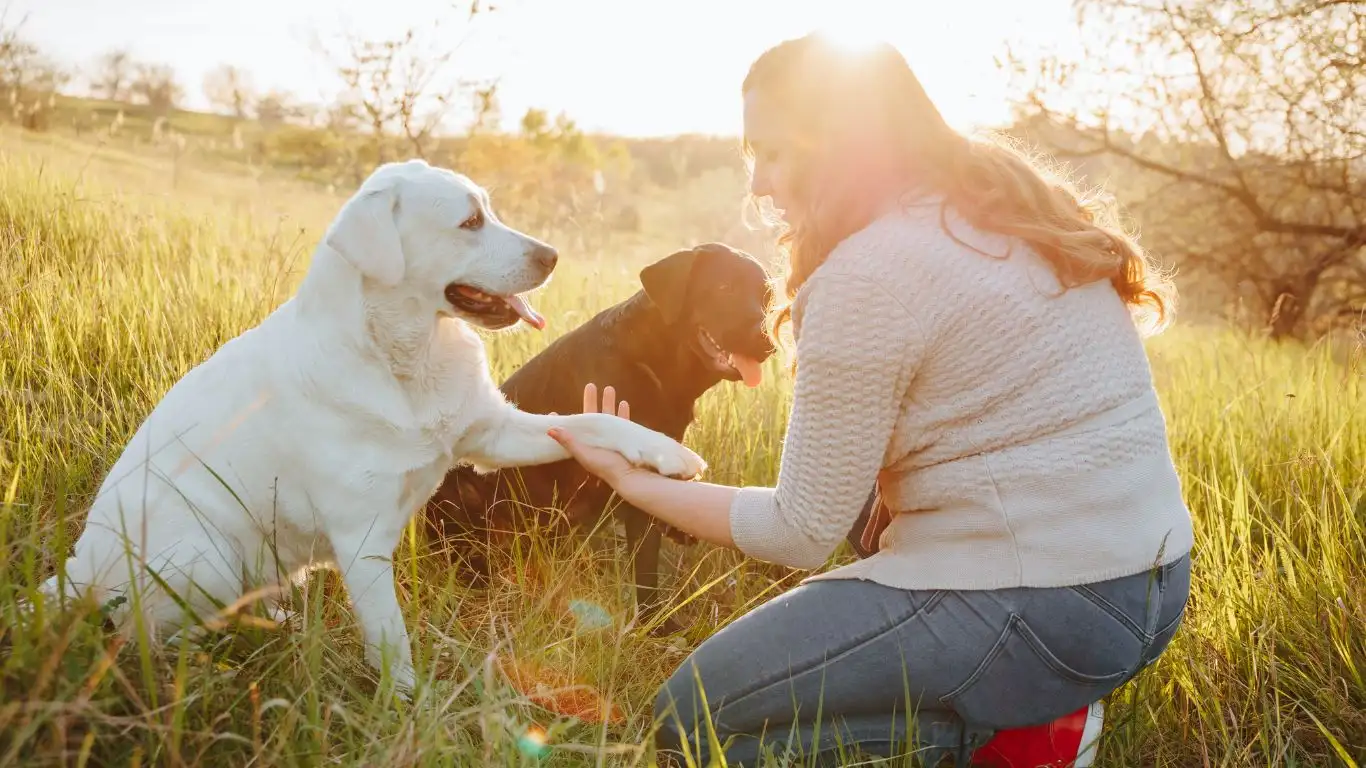
Lastly, as a trainer, I always emphasize the importance of calm leadership. Dogs look to their owners for guidance, and if you’re calm and confident, your dog will feel more secure. When your dog begins to guard toys or exhibit aggressive behavior, remain calm yourself. Reacting with frustration or anger can escalate the situation and increase your dog’s anxiety. Instead, use a firm but gentle tone to correct the behavior, and remain patient as your dog learns what’s expected of them.
Dogs thrive on consistency and reassurance, and as you work through the process of teaching them to share or let go of their toys, you’ll not only improve their behavior but also strengthen the bond between you and your pet.
Maintaining Long-Term Success with Toy Guarding Training

Now that we’ve covered the fundamentals of training your dog to not guard their toys, let’s talk about maintaining long-term success. Just like any behavior modification, stopping toy guarding isn’t a one-time fix—it’s an ongoing process that requires consistency, reinforcement, and awareness. But don’t worry, with the right approach, you can create a lasting shift in your dog’s behavior.
The key to long-term success is to keep reinforcing the behaviors you want to see. That means continuing to practice commands like “drop it” and “leave it,” even after your dog has improved. By regularly reinforcing these commands, you’re helping your dog build solid habits that will stick in the long run. You also need to keep rewarding calm behavior and toy sharing—this keeps the positive reinforcement alive and encourages your dog to make good decisions when it comes to toys.
One technique that I personally recommend to my clients is to keep things fun and engaging for your dog. Dogs are naturally playful creatures, and playtime should be a positive experience for them. If you make training sessions a part of play, your dog will start to associate learning with enjoyment, which encourages them to keep up with good behavior.
Introducing New Toys Gradually
As you continue your training, introducing new toys should be done gradually. Many dogs are naturally attracted to new and exciting things, so when you bring in a new toy, there may be a moment of possessiveness. This is completely normal, and it’s a great opportunity to reinforce the “drop it” and “leave it” commands. You don’t need to make the new toy off-limits, but rather use it as another opportunity to practice your dog’s ability to control their impulses and share without fear of losing it.
Start by letting your dog explore the new toy without interference. After a few moments, calmly ask them to “drop it” or “leave it.” If they comply, reward them with praise or a treat. The more you practice this process, the more your dog will understand that new toys are just another part of the fun—and not something they need to guard.
Socializing with Other Dogs to Reduce Guarding Behavior
If you have more than one dog in the household, socializing them is key to reducing toy guarding. Dogs that are poorly socialized or haven’t had much exposure to other dogs might feel more protective over toys, especially if they’re unsure of how to share. That’s why I always recommend early socialization—getting your dog used to being around other dogs in a calm and controlled environment can do wonders for preventing guarding behavior.
When socializing your dog, make sure each dog has their own space to retreat to. It’s important not to force interactions, as this can lead to anxiety or aggression. Instead, let them get used to each other’s presence and share positive experiences together. If a dog does start to show signs of guarding during play, calmly redirect them with a toy or treat, and make sure to reward calm behavior. With time and consistent practice, they’ll learn that sharing is a natural and rewarding part of the process.
How to Handle Setbacks in Toy Guarding Training
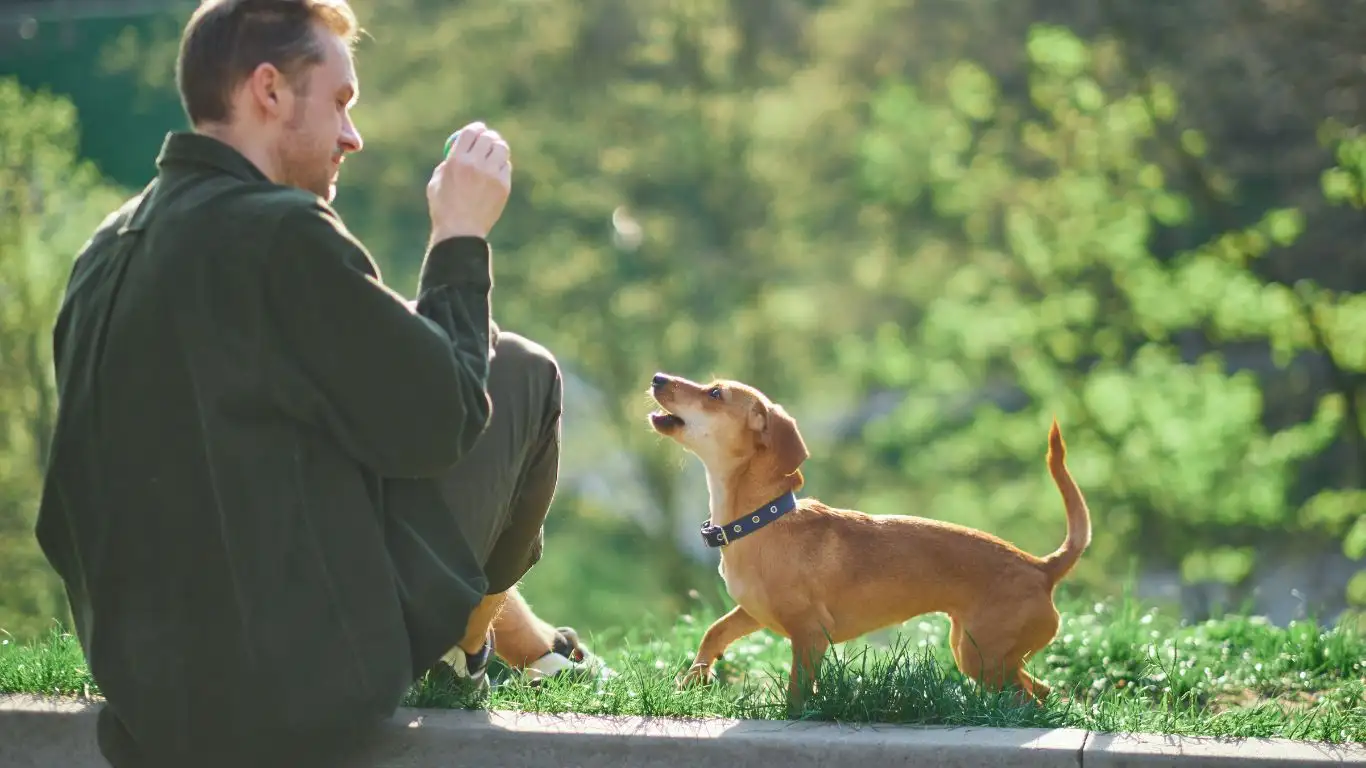
Training isn’t always a linear process—sometimes, setbacks happen. If your dog regresses and starts guarding their toys again, it’s important not to panic or get frustrated. Setbacks are a normal part of behavior modification. The important thing is to address them calmly and consistently, just like you did during the initial training. With patience, your dog will get back on track.
If you experience a setback, take a step back in your training and revisit some of the basic steps you took at the beginning. Reinforce the “leave it” and “drop it” commands, work on building trust through play, and make sure your environment remains calm and controlled. If needed, scale back to using lower-value toys and work up to higher-value toys as your dog becomes more comfortable with the concept of sharing.
Remember, progress can take time, and as long as you’re consistent and calm, your dog will eventually understand the behaviors you want to see. Don’t rush the process, and celebrate small victories along the way!
Why It’s Important to Keep Training Fun
One thing I always stress to my clients is the importance of keeping training fun. If training becomes too serious or frustrating, your dog may associate it with negative feelings. Dogs, like people, learn best when they’re enjoying the process. Incorporate plenty of play into your training sessions to keep your dog engaged and motivated. The more fun you have, the more likely your dog will be to continue working with you.
Interactive games, praise, and treats can make all the difference in maintaining your dog’s motivation. Use training as an opportunity to bond and play together—it’ll be a much more rewarding experience for both of you. And don’t forget to celebrate your successes along the way, no matter how small they seem!
References and Additional Resources
If you’re looking to dive deeper into the science behind dog behavior or want more expert advice, there are plenty of excellent resources available. Here are some references you might find helpful:
- American Kennel Club (AKC) – Dog Training Tips
- PetMD – Dog Behavior Advice
- Cesar’s Way – Dog Training and Behavior
- National Institutes of Health (NIH) – Pet Behavior Studies
- Dog Training Nation – Comprehensive Training Guides
Disclaimer
The information provided in this article is for educational purposes only. While the methods described here have been effective for many dogs, every dog is different, and some may require more specialized care or training methods. Always consult a professional dog trainer or behaviorist if you have concerns about your dog’s behavior or need more personalized advice. Training should always be done with the dog’s well-being in mind, and it’s important to ensure that you are using safe and appropriate methods for your pet.
